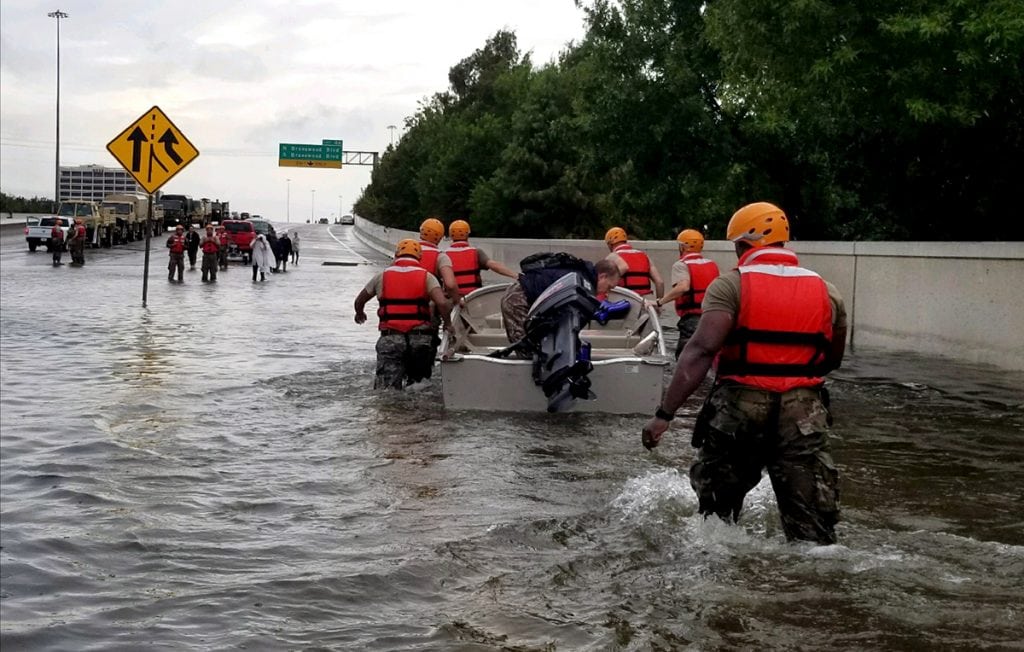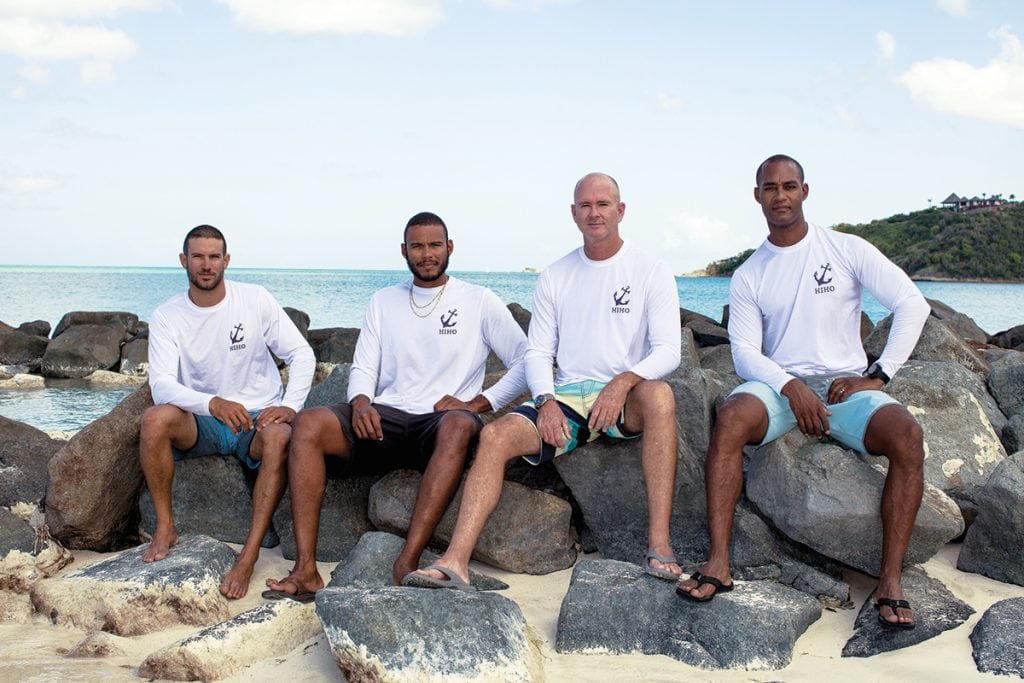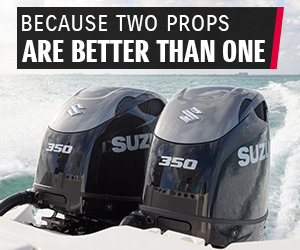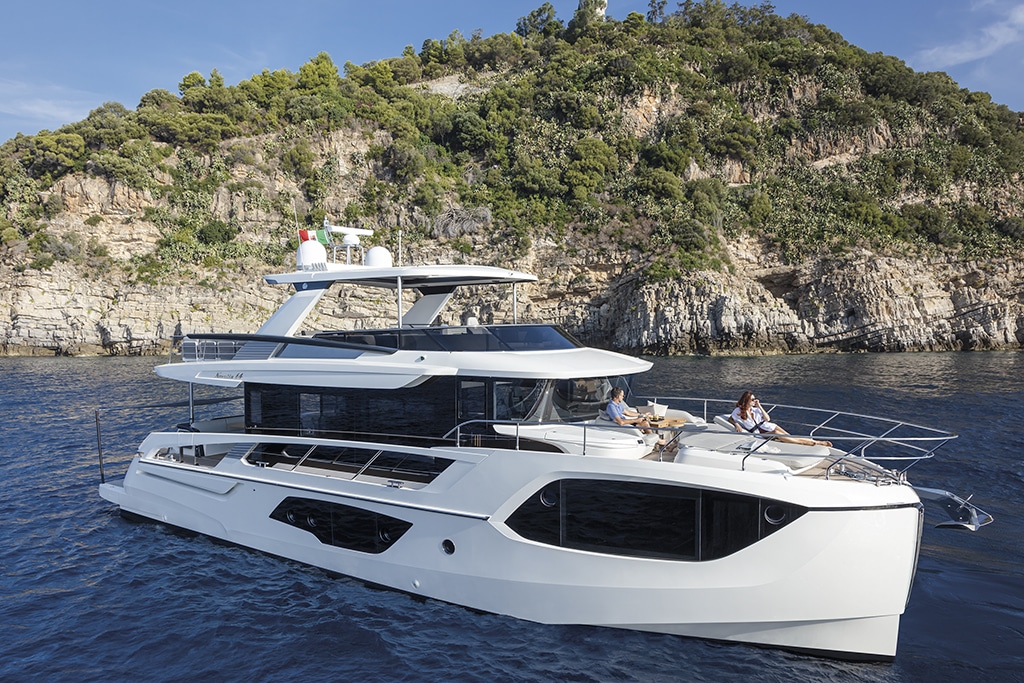Put a Spin on It! Eddies in the Ocean effect more than just the water.
For many years, oceanic circulations were considered to be fairly simple with a huge spinning gyre in the middle of each ocean that was surrounded by swift-moving
currents along the periphery. With advances in observational capability in the 1960s, the complexity of oceanic circulations became apparent. There were numerous vortices or eddies much smaller than the massive gyres but still significant. With a diameter ranging from 50 to 200 miles or more, they are officially called “mesoscale eddies” or sometimes “rings”. They also can extend downward into the ocean for thousands of feet. These eddies can last from weeks to months or even more than a year. They travel hundreds or even thousands of miles albeit at a slow forward speed of perhaps a half a knot.
Strong western boundary currents like the Gulf Stream are prolific producers of eddies. The Gulf Stream doesn’t flow in a straight line; it has meanders or bends. These meanders can form oxbow-like flows similar to the way that rivers do. These oxbows can become cut off, forming eddies in a process that can take a month or more. The Gulf Stream separates warmer waters to its south and east from cooler waters to the north
and west. Depending on which side they form, these eddies contain either relatively warm or cold water compared to their surroundings. Warm eddies are found to the north and west of the Gulf Stream. They rotate clockwise (anti-cyclonic eddies) and sea level is slightly (6 inches or more) higher within them. Cold eddies are to the south and east of the Gulf Stream. They rotate counterclockwise (cyclonic eddies) and sea level is
slightly lower in them.
These eddies are a critical component of the oceanic environment. On the largest scale, they help move heat or energy. They are part of the ocean-atmosphere system that
transports excess heat from the tropics toward the energy deficient poles. Thus, oceanic eddies affect worldwide ocean temperatures and the atmospheric climate above the water.
With varying concentrations of saltiness (cold eddies are less salty, warm ones more so),
they help transport and balance salinity. Warm-core eddies can actually trap and transport a wide variety of aquatic life within them. But it’s the cold-core eddies that tend to have the greater amount of biological activity. Nutrient-rich bottom waters are pulled up in cold eddies and nourish aquatic ecosystems. The nutrients are then transported by the moving vortex.
There are also smaller eddies in the ocean. These measure 50 miles across or less but can still last for weeks or months. And, recently discovered are even smaller eddies, or “submesoscale vortices”; they measure less than a mile across and are primarily surface features. The idea of having progressively smaller vortices in the ocean is consistent with fluid dynamics theory. It’s these small-scale systems that actually transport energy, etc. which achieves the balance nature is always seeking.
How are eddies detected and tracked? Specialized drifting buoys can be deployed and tracked by satellite GPS technology. Their motion over time will indicate any persistent circulations. Satellites themselves have been constantly monitoring the ocean surface since the 1960s. Infrared thermal imagery will show hot or cold eddies clearly. Sensitive satellite altimeters can also detect small changes in sea level, characteristic of these eddies. Some cold eddies will show up on visible images as green vortices if significant amounts of phytoplankton are present.
Besides the broad-scale effects described above, oceanic eddies can have a direct impact on man’s activities. Certainly, nutrient-rich eddies teaming with aquatic life will attract fishing interests. The effects of eddies on current flow and sea level height can impact the operations of offshore energy production sites. The Gulf of Mexico is a prime example of its numerous offshore oil rigs (and soon, wind farms). The Loop Current is the clockwise flow of warm water that dominates the Gulf. It spawns a multitude of eddies, some of which can produce exceptionally strong currents of 3 to 4 knots. Drilling operations would have to be halted if these conditions are encountered. Horizon Marine, an oceanographic services company whose main clients are from the offshore energy industry, keeps track of these eddies. This includes detection, forecasting, and cataloging. They even name the eddies!
And, of course, the impact of eddies on current direction and speed can affect navigation. Forward speed can be hastened or slowed by a few knots. This will affect the timing of operations and fuel usage. Knowledge of eddy circulations that may be encountered can help in planning the most efficient route. Yacht racers even use this information in planning their strategy.
There is also a theory that ties warm-core eddies and hurricane intensification. Tropical cyclones get their energy from warm water. It makes sense then, that if a tropical
cyclone moves over a warm eddy, it would intensify. And keep in mind that eddies have considerable vertical depth; they are deep pools of warm water or “high ocean heat content” as it is known. It appears that Hurricane Harvey moved over such an eddy on Friday, August 26th. It intensified into a major Category 4 hurricane before moving
ashore and devastating sections of the Texas coast before bringing the unprecedented flooding to Houston.
By Ed Brotak, Southern Boating Magazine December 2017
PHOTO: U.S. ARMY/ 1ST LT. ZACHARY WEST













